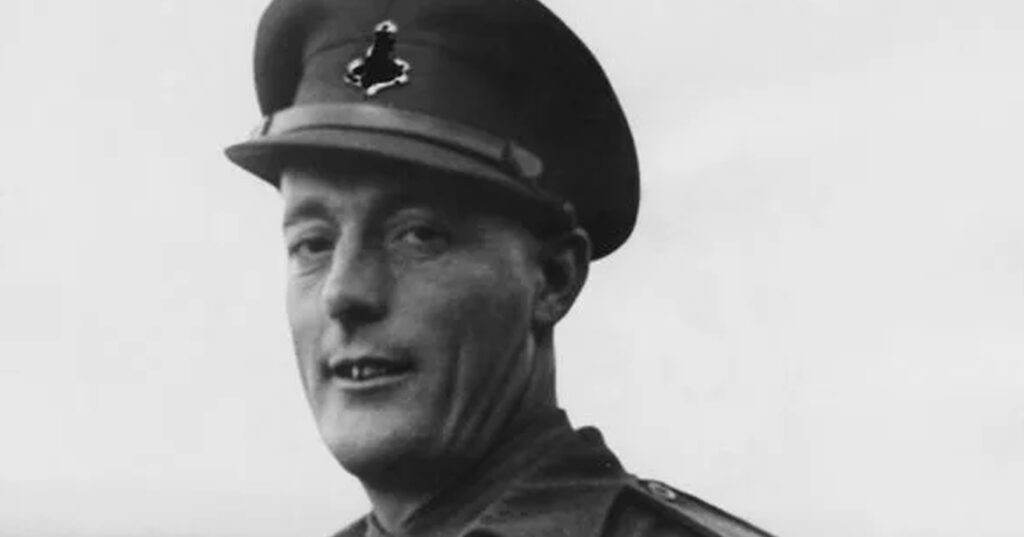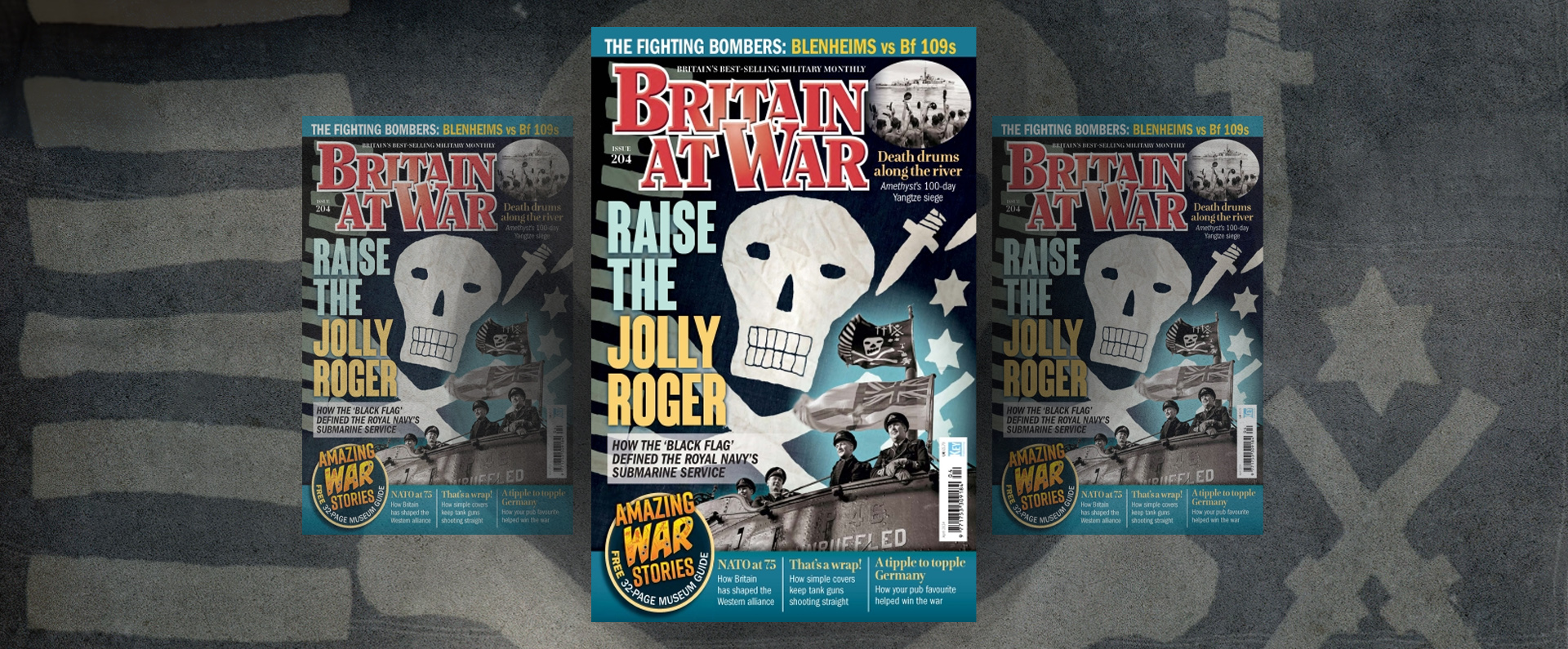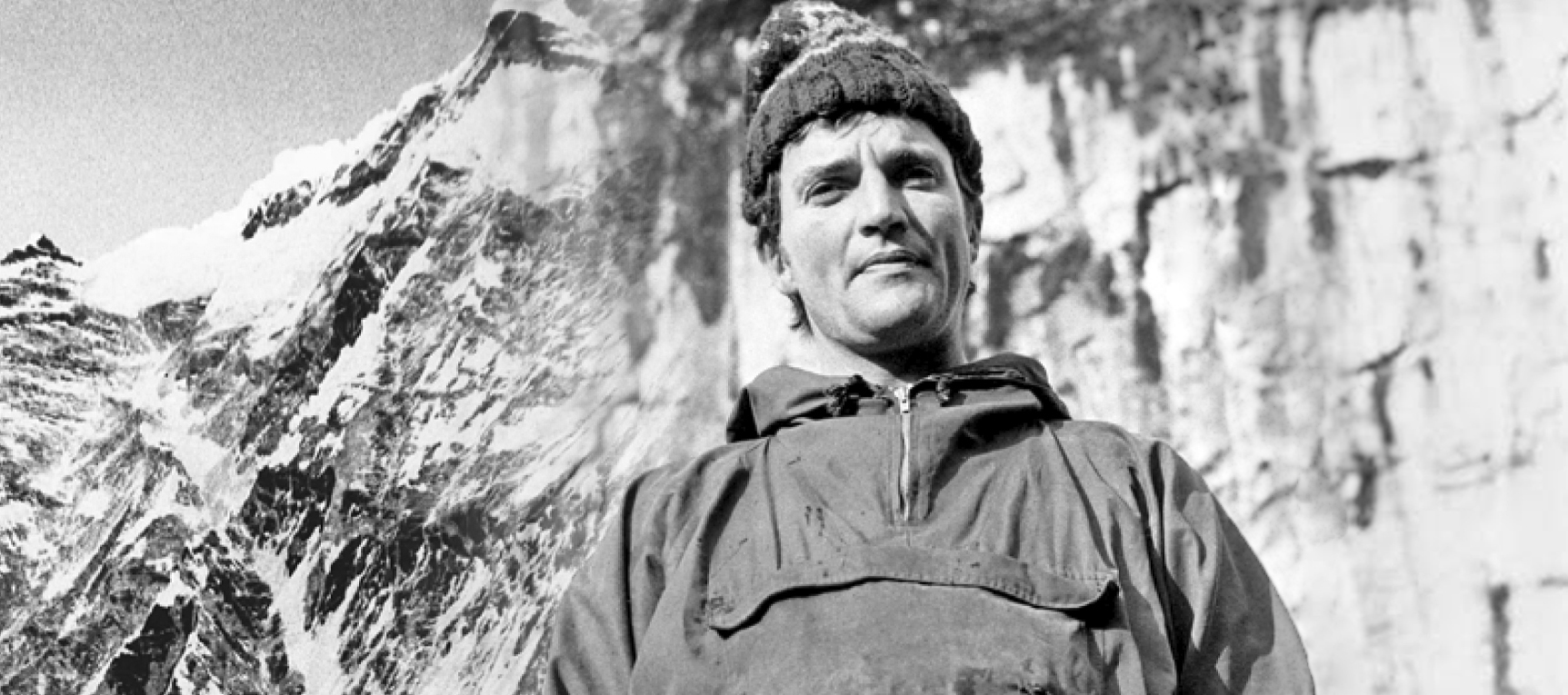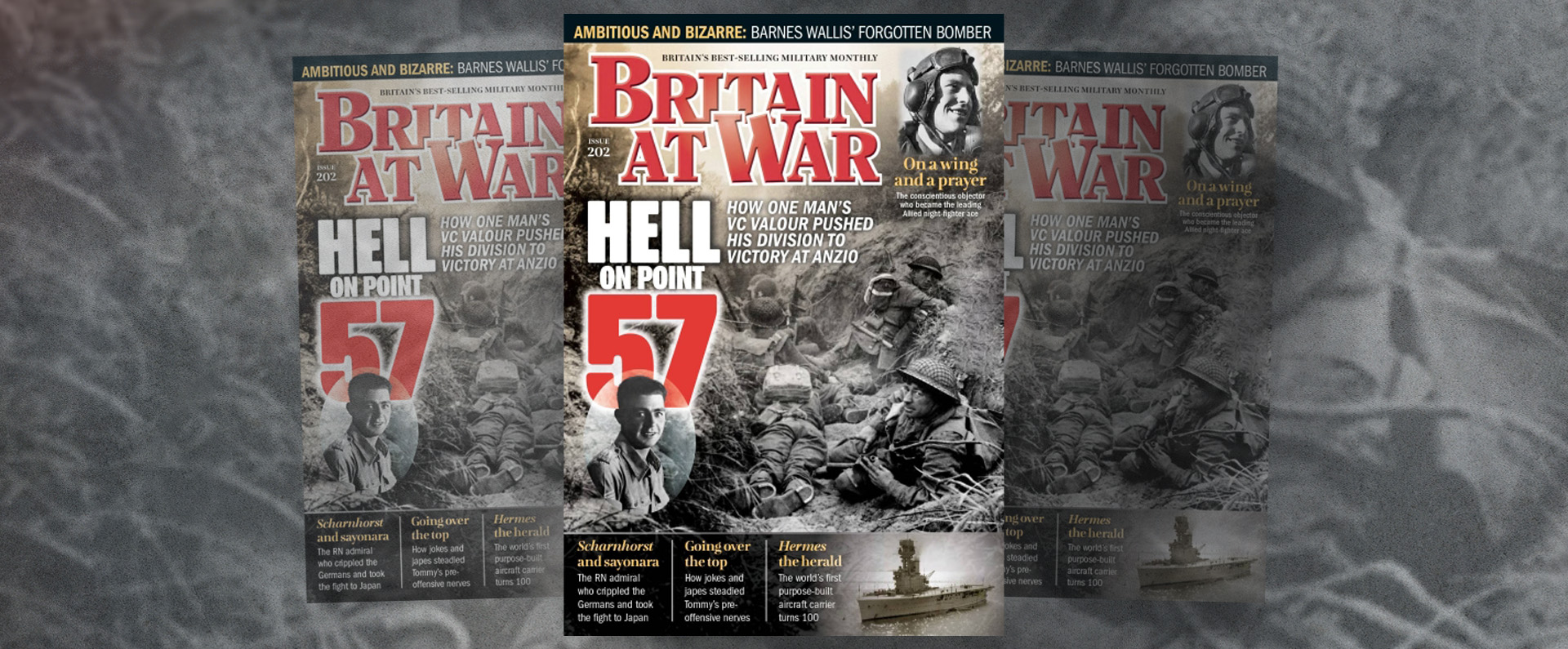
First published in the Daily Express on 03 June 2019.
Company Sergeant-Major Stanley Hollis
On June 6 1944, more than 155,000 courageous Allied servicemen, including my own dear father, took part in the D-Day landings as part of Operation Neptune, the largest seaborne invasion in history. However, amid endless stories of courage, just one of these men was deemed to have displayed such outstanding gallantry that he was awarded the Victoria Cross (VC), Britain and the Commonwealth’s most prestigious award for gallantry in the face of the enemy. When the fighting was at its heaviest on Gold Beach, one of the five chosen for the invasion of Normandy, Company Sergeant Major Stanley Hollis showed his northern grit and determination.
With his crooked teeth and quiet modesty, CSM Hollis was an unlikely war hero but his courageous actions, which undoubtedly saved the lives of many of his comrades, were deserving of his place in the history books.
To his comrades, CSM Hollis was a tough, no-nonsense serviceman who, even before the D-Day Landings took place, had been seriously wounded at least twice in four years on the battlefields of Europe, the Middle East and North Africa.
He was, in every sense, a soldier’s soldier.
Today, as the 75th anniversary of the D-Day landings looms, it is fitting to tell the story of Hollis’s remarkable life and military career and, most of all, to recall his formidable bravery.
Stanley Elton Hollis was born in Loftus, a village east of Redcar, Yorks, on September 21, 1912. His father Alfred was a fishmonger and his mother was Edith (NEEWHITE).
From the age of 12, CSM Hollis worked in his father’s fish shop but, aged 17, he became an apprentice navigation officer with Rowland & Marwood Steamship Company of Whitby, Yorkshire.
He later transferred to the Elder Dempster Line, working on ships heading to and from West Africa.
However, he was discharged from his job after contracting blackwater fever and turned his hand to driving lorries.
In 1933, he married Alice Clixby and they went on to have a son and a daughter and lived in Middlesbrough.
In 1939, shortly before the outbreak of the Second World War, Mr Hollis was employed at Crossley Brick Company.
He also enlisted in the Territorial Army, joining the 4th Battalion, The Green Howards.
In April 1940, he was ordered to France as a member of the 6th Battalion, where he joined the British Expeditionary Force.
His battalion was primarily tasked with building aerodrome runways, but Hollis was also employed as his commanding officer’s dispatch rider.
Later in 1940, he was evacuated from Dunkirk, having been wounded during the retreat.
However, he was soon deployed with his battalion to Iraq, Palestine and Cyprus.
During the North African Campaign, he fought from El Alamein to Tunis, during which he was wounded while serving as part of the 8th Army with the 50th (Tyne and Tees) Northumbrian Division.
In 1943, CSM Hollis was promoted to company sergeant major just before the invasion of Sicily, where he was wounded at Primosole Bridge.
For his gallantry, he was recommended for the Distinguished Conduct Medal (DCM) but he never received the award.
Next, the 6th and 7th Green Howards were posted to the UK with the rest of the division to train for Operation Overlord, the invasion of Normandy.
At dawn on June 6, 1944, CSM Hollis was in one of the first assault troop carriers to land on the five targeted beaches.
In two separate D-Day incidents, CSM Hollis, then 31, not only showed outstanding bravery but also received another wound, this time more minor.
After initially being halted by sniper fire and hand grenades, the 6th Battalion pressed up the beach towards the key Mont Fleury Battery as the enemy began to retreat.
CSM Hollis’s commanding officer noticed two of the German-held pillboxes had been by-passed and so he and CSM Hollis went to check that they were free of enemy soldiers.
They were only 20 yards from the pillbox when machine-gun fire erupted from the slit.
CSM Hollis ran forward firing his Sten gun.
Next, he jumped on top of the pillbox and recharged his gun’s magazine, before throwing a grenade through the door and again firing his Sten gun.
He killed two German soldiers and took others prisoner, before clearing other enemy troops from a neighbouring trench.
His bravery saved his company being fired on from the rear and enabled them to open the main beach exit.
Later the same day, in the village of Crepon, the company encountered enemy soldiers armed with Spandaus – machine guns – and a field gun. Hollis was put in charge of a party tasked with attacking the field gun, but as he pushed forward he was hit by a bullet from a sniper that grazed his right cheek.
At the same time, the field gun was fired on Hollis and his party, who were sheltering in a house just 50 yards away.
However, in heavy fighting, CSM Hollis and his men killed two enemy gun crew, then seized the gun itself.
When Hollis later realised that two of his men were trapped in the house, he went forward alone, firing a Bren gun at the enemy so the men could run to rejoin their company.
CSM Hollis himself then retreated to safety.
CSM Hollis’s VC was announced on August 17 1944, when his citation concluded: “Wherever the fighting was heaviest, CSM Hollis appeared and in the course of a magnificent day’s work, he displayed the utmost gallantry and on two separate occasions his courage and initiative prevented the enemy from holding up the advance at critical stages.
“It was largely through his heroism and resource that the company’s objectives were gained and casualties were not heavier, and by his own bravery he saved the lives of many of his men.”
Remarkably, his two actions on June 6 were each deemed worthy of the VC.
Later in the campaign, Hollis was seriously wounded again: two bullets remained lodged in his left foot for the rest of his life and he needed a steel plate inserted into his skull to relieve the pain from a major head injury.
He survived the war and went on to work at a steelworks, in a motor repair business, back at sea and, finally, as a publican.
He died at North Ormesby Hospital, Middlesbrough, on February 12, 1972, aged 59.
He is buried at Acklam Cemetery and a statue of him is situated in the town centre.
I have a special affinity with the courage of soldiers on D-Day, not least because my own father, Lieutenant Eric Ashcroft of The South Lancashire Regiment, fought and was wounded on Sword Beach.
Indeed, it was my father recounting his experiences on D-Day, when I was about 10 years old, that first inspired my great interest in bravery: a passion that eventually led to me building the largest collection of VCs in the world and writing six books on gallantry.
However, it is the courage of another unassuming, humble soldier that we must treasure today as we remember CSM Stanley Hollis, a soldier thoroughly deserving of the description “the bravest of the brave”.
Read this article on Express.co.uk
For more information, visit:
LordAshcroftOnBravery.com


